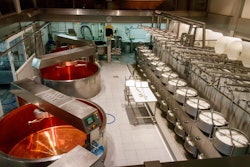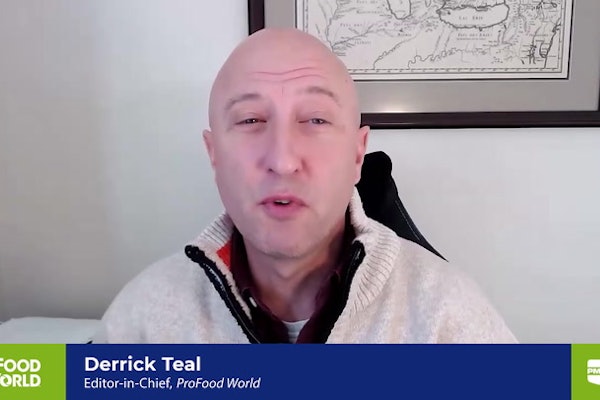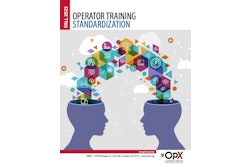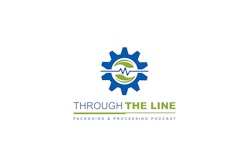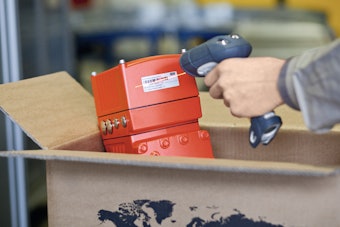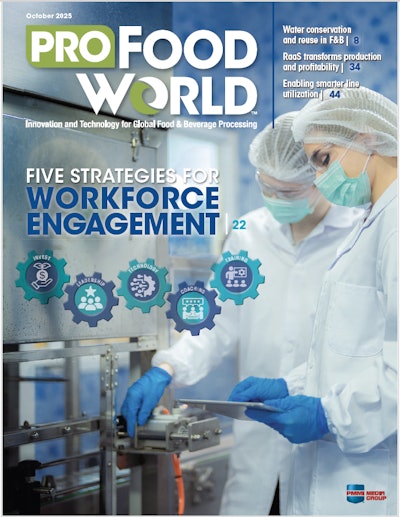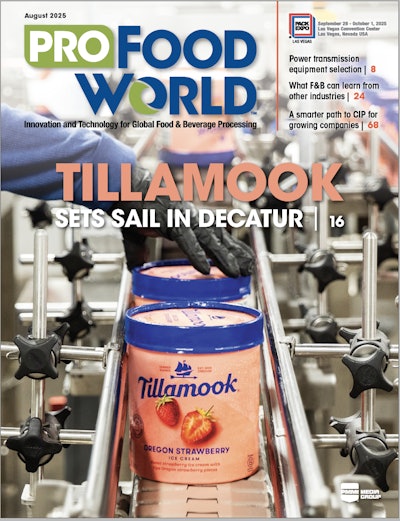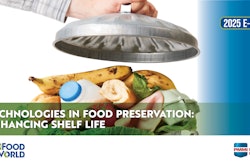How can you know if your operation has outgrown your cleaning strategy?
A manual approach that may have worked for years can become a bottleneck as your business scales. It helps to know when the old process is no longer serving you well, and what to consider upgrading first.
Learn the signs its time for an upgrade and how to scale confidently with this video, or by reading Taylor Keaten's full article at ProFood World: Scaling Clean on a Budget: A Smarter Path to CIP for Growing Manufacturers
If you’re a growing small or midsize food and beverage manufacturer thinking about upscaling your cleaning process but are concerned about costs, here are some considerations from Taylor Keaten in our August issue.
1. Start small—but start smart
Manual sanitation is fine if you treat it seriously, so document your process—even if that process is basic. Write down the order of operations, the chemical concentrations, the rinse temperatures. Recording some steps may feel silly, but you can’t improve what you haven’t defined.
That said:
2. Define your Minimum Viable Sanitation (MVS)
An MVS program should tick three boxes:
- Repeatable steps, including detailed standard operating procedures.
- Basic verification: including thermometers, titration strips, ATP swabs—whatever fits the budget and satisfies the quality requirements.
- Clear ownership: Someone signs off every clean. No signature, no startup.
The preceding builds discipline, and discipline pays back immediately by reducing the mental overhead of, “Did we really rinse that tank long enough?”
3. When growth outpaces the mop bucket
How do you know the manual approach is maxed out? Look for these red flags:
- Downtime drift: Changeovers that used to take one hour now steal three.
- Documentation dread: Audits feel defensive because your records are thin.
- Water and chemical creep: You keep turning up the rinse time “just in case.”
- Quality déjà vu: Same microbial misstep pops up every quarter.
If two or more of these sound familiar you’re likely bigger than your cleaning process. It’s time to spend money.
4. Smart steps before full automation
Can’t afford a centralized and automated CIP skid yet? Consider these “semi‑CIP” moves that add structure without a massive CapEx hit.
· A portable pump cart with a heater
· Inline temperature & conductivity probes
· A digital sanitization log
· Quick-connect loop headers
None of these require a PLC or a mezzanine‑sized tank farm, yet together they create a foundation for full automation later.
And finally:
5. Scale with intention—know your trigger points
A good rule of thumb is that sanitation upgrades should lag one step behind production growth—not three. Stay too far behind and you’ll chase problems.
To learn about what some of those common trigger points are as well as for more information on how to add structure without a massive capex hit, read Taylor Keaten’s article from the August issue either in print or online at ProFoodWorld.com.
